Stovetop Black Beans w/ Shallots & Garlic
I knew that I was probably going to cook today. However, it's been a long week on top of a long month on top of a long several month on top of a long couple of years. So, forethought is not exactly the most paramount thing at the moment! Not to be outdone, though, I'm making stovetop black beans.
Now, I ordinarily recommend soaking dried beans ahead of time. Although we have already established that that is not what we are doing today. So, I'm going to try and make beans without pre-soaking them. It is possible to make black beans, though. It might take a little bit longer. Really, 4-6 hours longer. But it is still possible! And there is nothing better than the scent of slowly simmering food throughout the afternoon. These stovetop black beans consist of garlic, shallots, cumin, coriander, chili powder, salt, pepper, bay leaves, and just a dash of olive oil for good measure.
Gallery
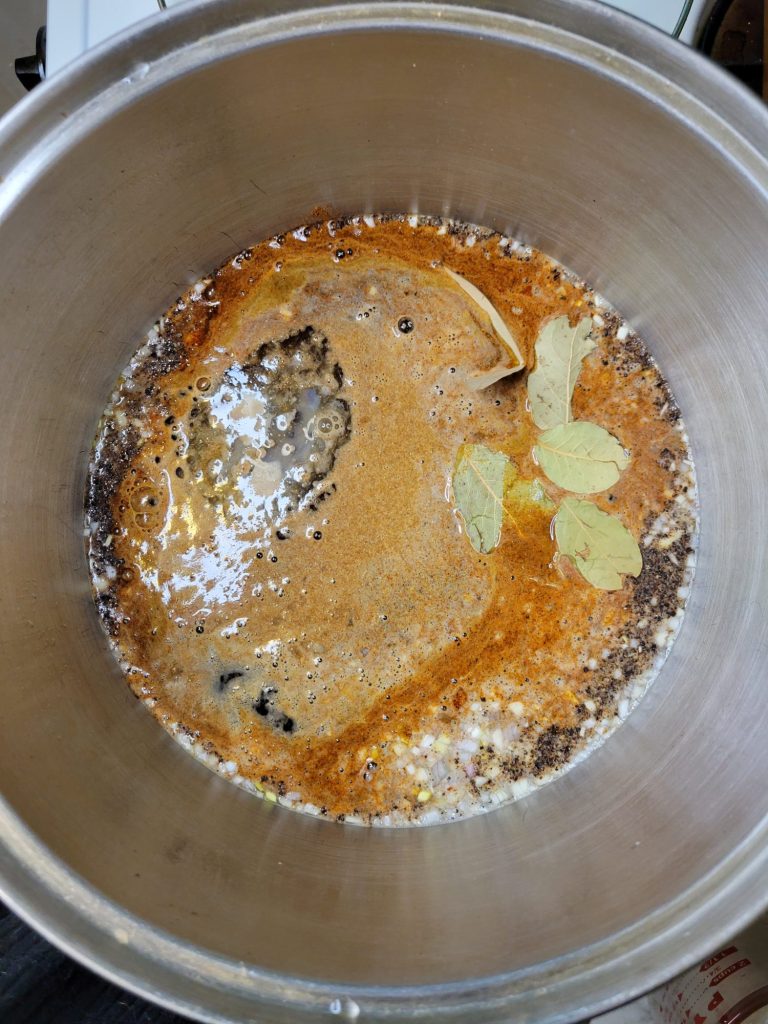
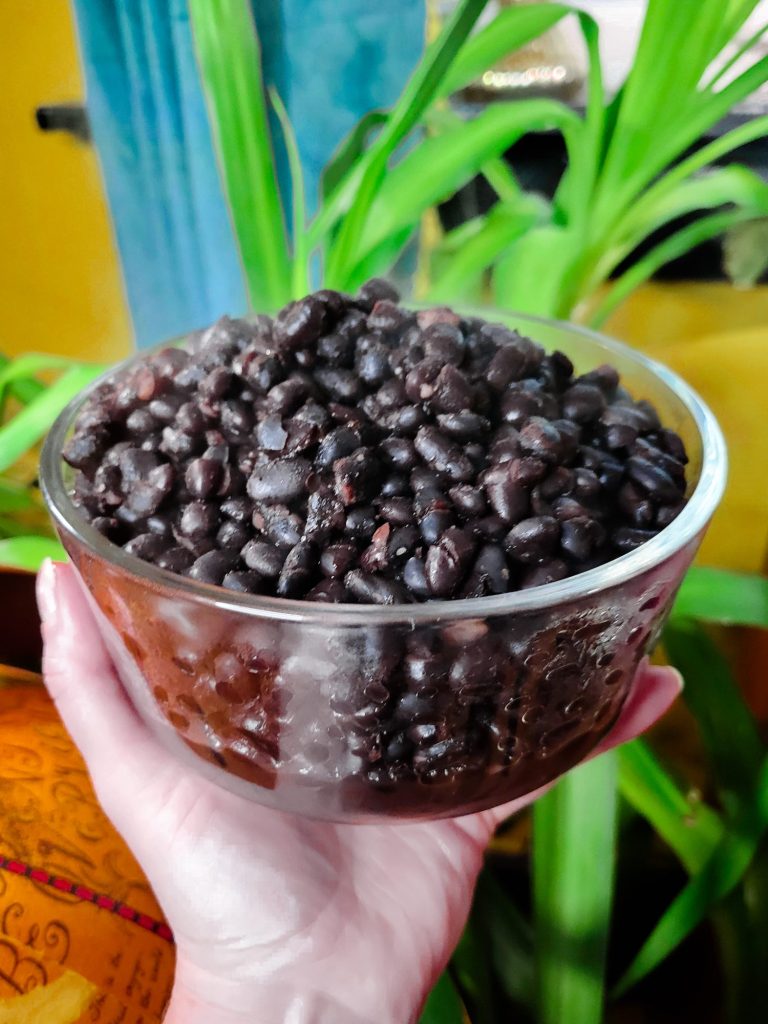
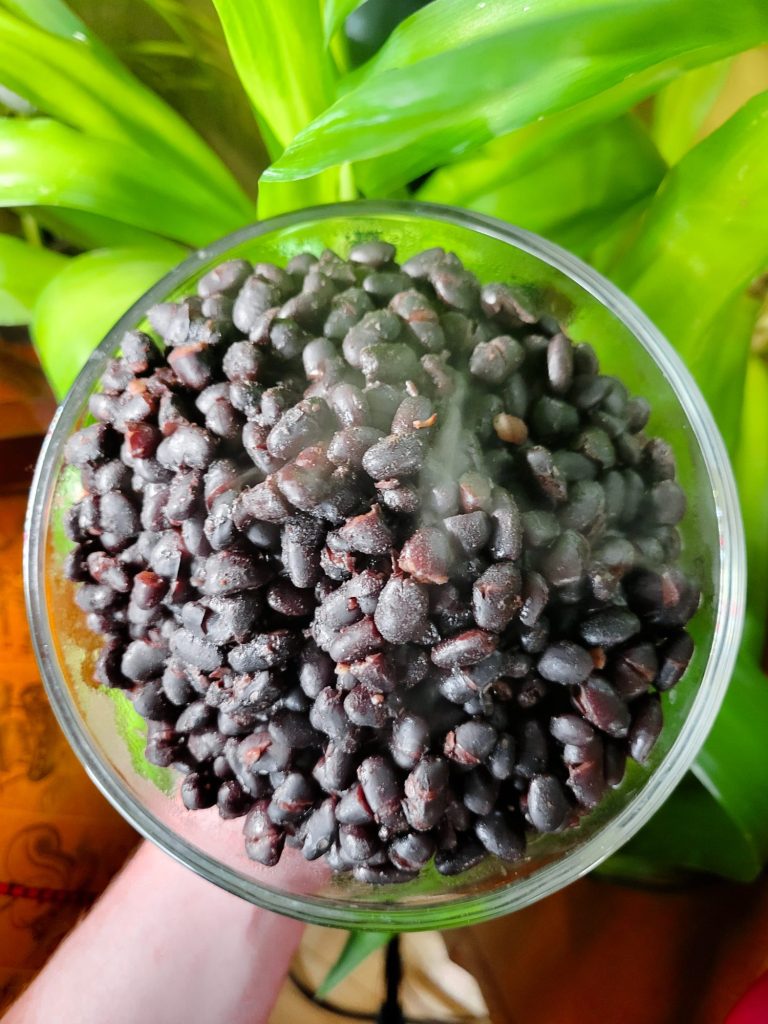
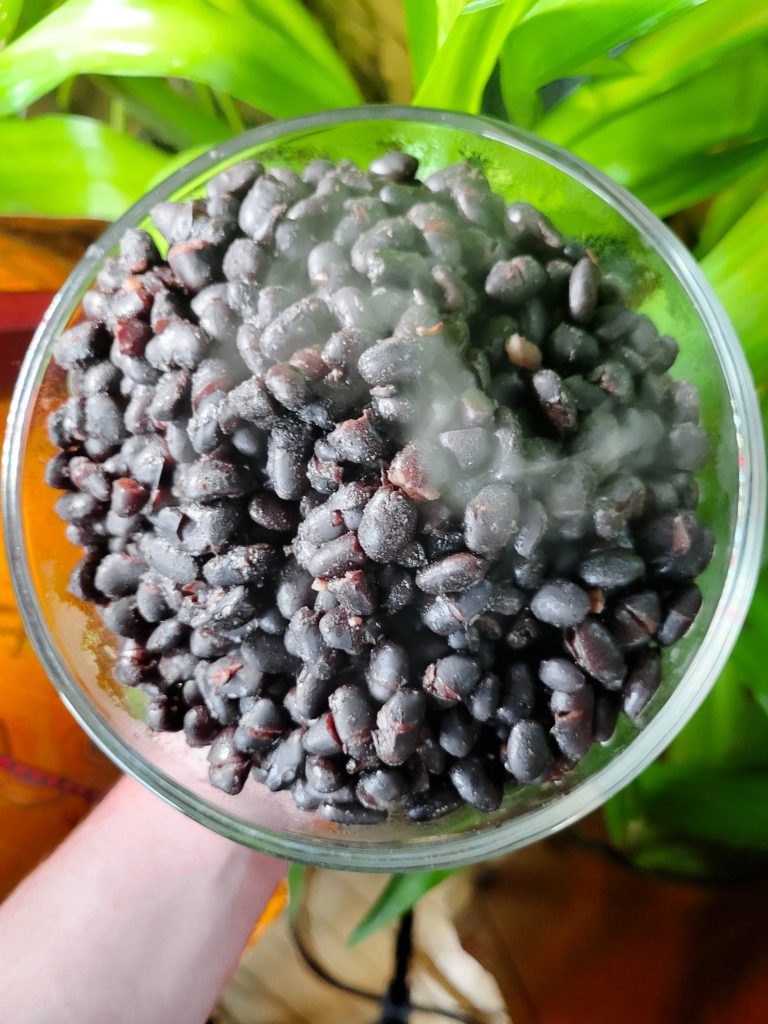
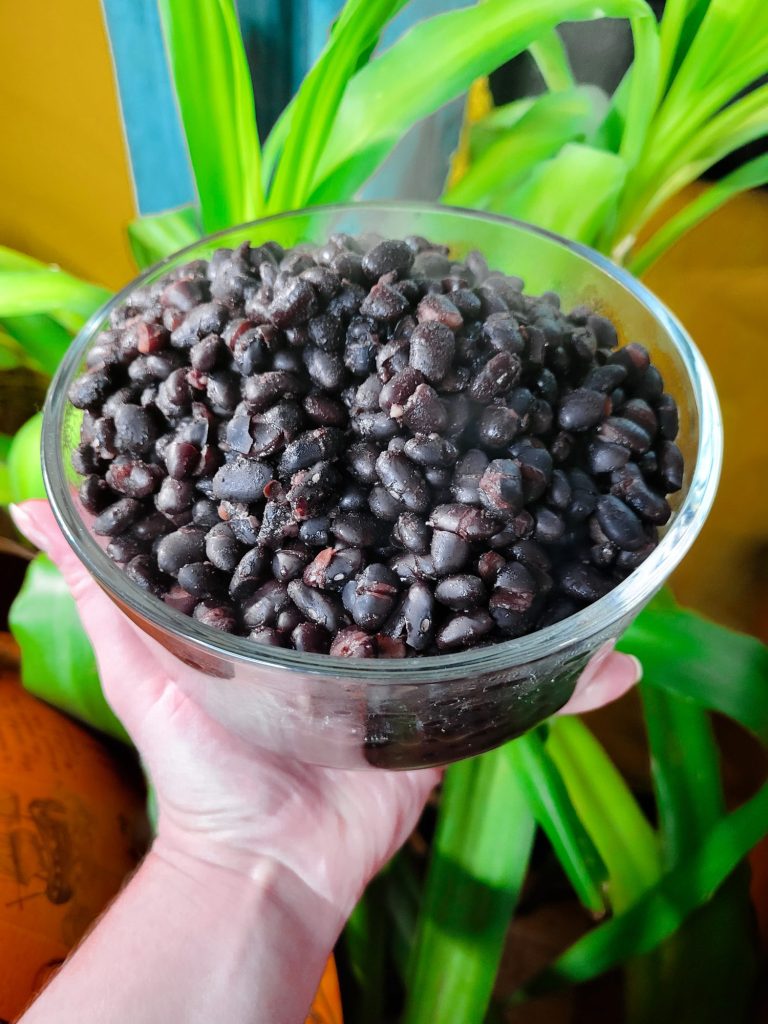
Variations of Stovetop Black Beans
I'm a big fan of making beans. They're time consuming. This recipe took 6 hours to make. However, the vast majority of that time is hands off. Once you toss everything into a pot or crock pot, depending on what method of cooking that you want to go with? There really isn't a lot of actual work that goes into making beans! As long as the water doesn't simmer out completely, black beans are a start and go food. They're also fun to mix and match in your own ingredients. I'm particularly fond of squash, lime, and various peppers and other fresh produce. Feel free to add in what you have on hand or your own favorite fruits and vegetables.
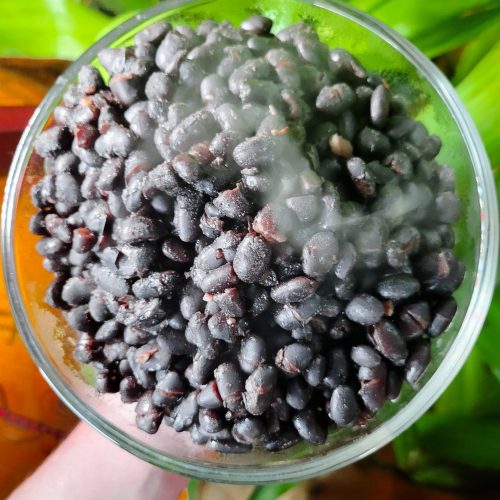
Stovetop Black Beans w/ Shallots & Garlic
Equipment
- Large Pot
- Stovetop
- Potato Masher or Food Processor (optional)
Ingredients
- 1 lbs. black beans (~2 lbs.)
- 6 cloves garlic minced
- 1 shallot minced
- 2 limes juiced
- 1 tbsp. olive oil
- 1 tbsp. cumin
- 1 tbsp. coriander
- 1 tbsp. chili powder
- dash salt
- dash pepper
- 6 bay leaves
- 6 c. water
Instructions
- Add the beans and all of the other ingredients to a large pot with 6 cups of water.
- Bring to a boil and then reduce to a simmer. Simmer, uncovered, for 6 hours, or until tender. This is typically right before they begin to split open.How old the beans are will make the cooking time vary. I like to cook the beans a little bit longer so that they mash a little bit smoother. However, a firmer bean will typically cook in 6 hours. A dryer bean might take 6-8 hours. And really old beans may never soften entirely.Soaking the beans overnight will also reduce the cooking time to about 2-4 hours if you have the foresight to do so.
- When the beans have reached the desired consistency, if you still have extra water in the pot, either drain and reserve the liquid or simmer out the remainder of the water.If you choose to do the simmer out method, stir constantly as the water level diminishes, or you will burn the beans on the bottom of the pot. Otherwise just strain the beans into another container.
- If you want to make no-fry refried beans or more of a bean dip, remove the bay leaves and mash with a potato masher. You can also pulse in a food processor or puree entirely, if you want a smoother consistency.This might require more water. If you reserved some of the cooking water, add this back into the beans as needed. Otherwise, just add more tap water until you've reached the desired consistency.
- Adjust seasoning to taste and serve immediately or refrigerate for later use.
Tips, Tricks, & Notes
- For more tips and tricks, I have an entire article on The Fundamentals of Stovetop Black Beans. This article can be particularly helpful if you want to soak the beans overnight beforehand. I also have another article on The Fundamentals of Slow Cooker Black Beans if you'd prefer to use a crock pot, instead of the stove. This takes 8 about hours, but is hands off and doesn't require soaking the beans.
This Page Contains Edited Images
As a general rule, I don't like to edit images. Food styling, editing, alteration, and even faking entirely is just as rampant a problem in the recipe realm. Cooking is a very visual art and you can tell when a lot of foods are cooked based on the color. So, when this is altered and you can't use the coloration as a gauge, it makes it quite difficult to follow some recipes. I have an entire article about Food Styling and Unrealistic Expectations of Recipes. My place has very warm lighting, though. So, sometimes my camera overcompensates and ends up with an unnatural hues. I've adjusted the hues, levels, and/or cropped the following images:
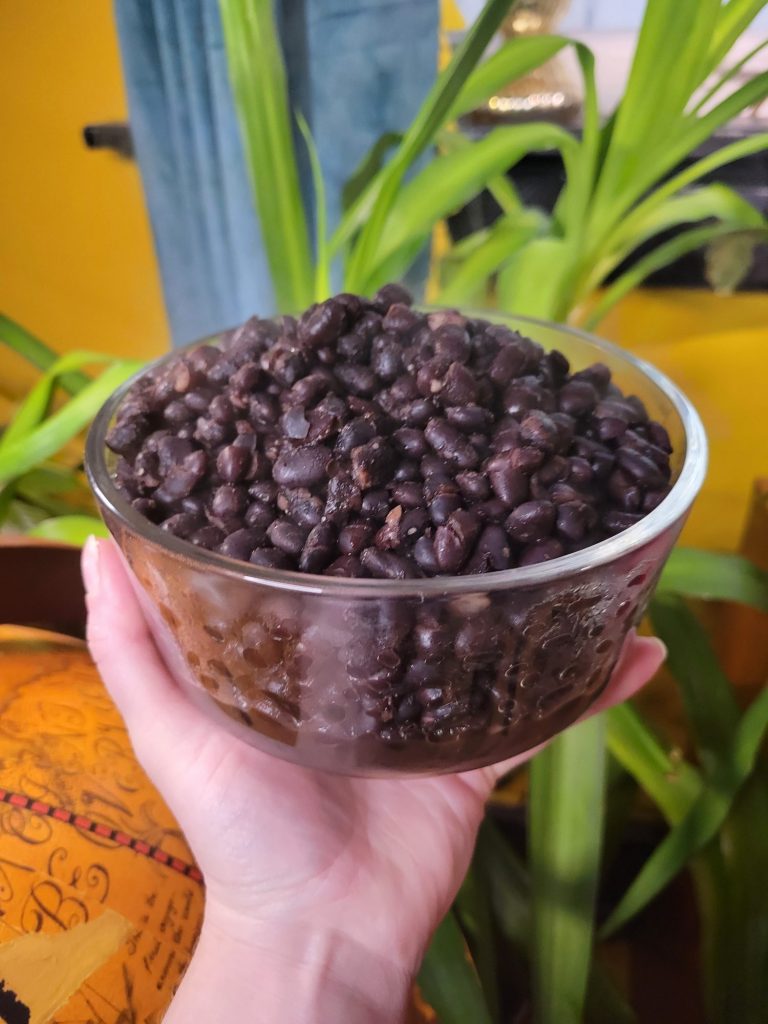

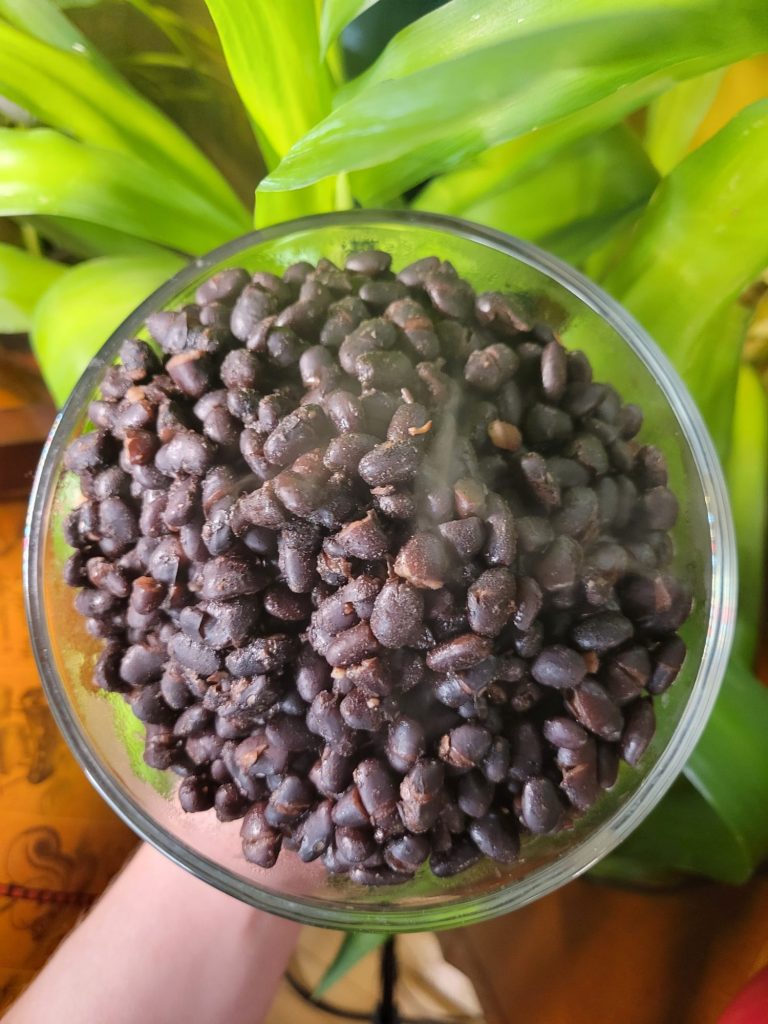

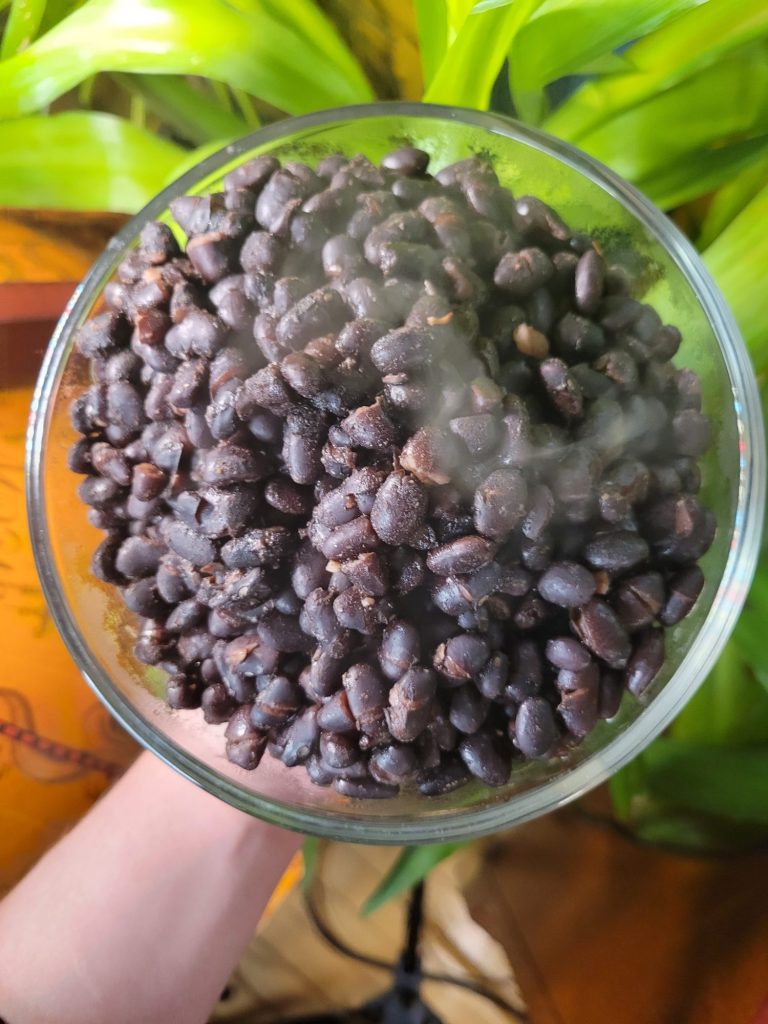

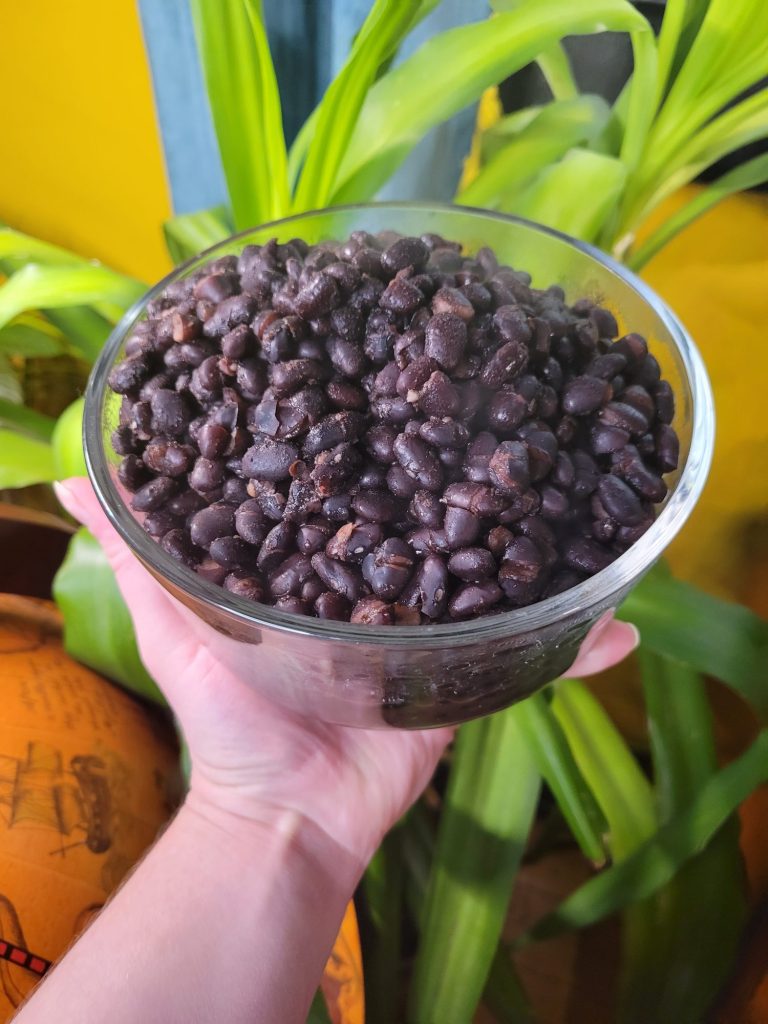

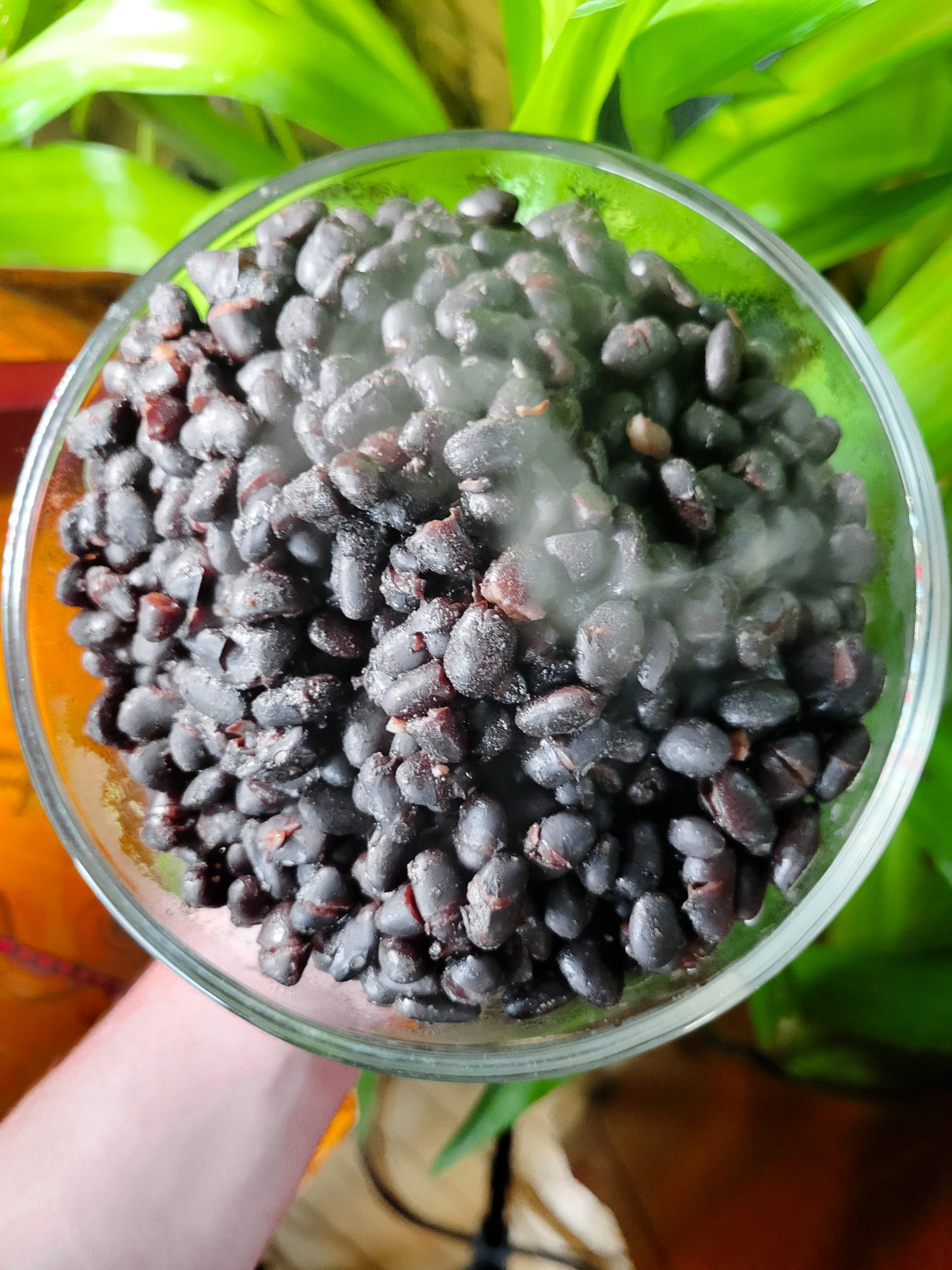
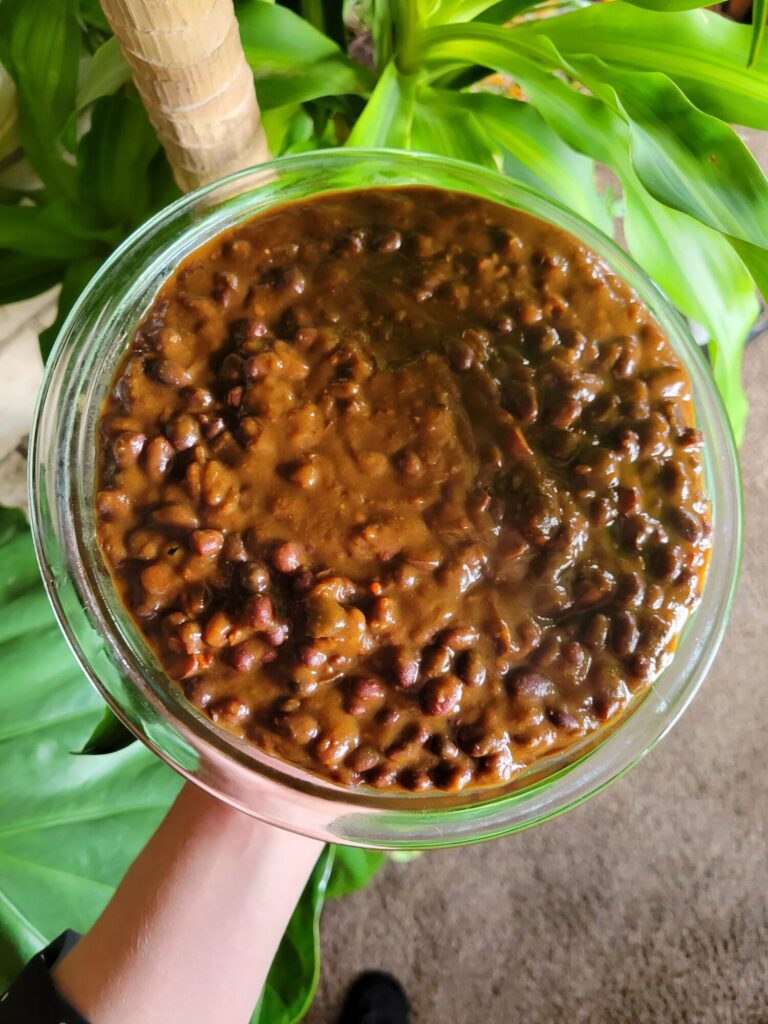
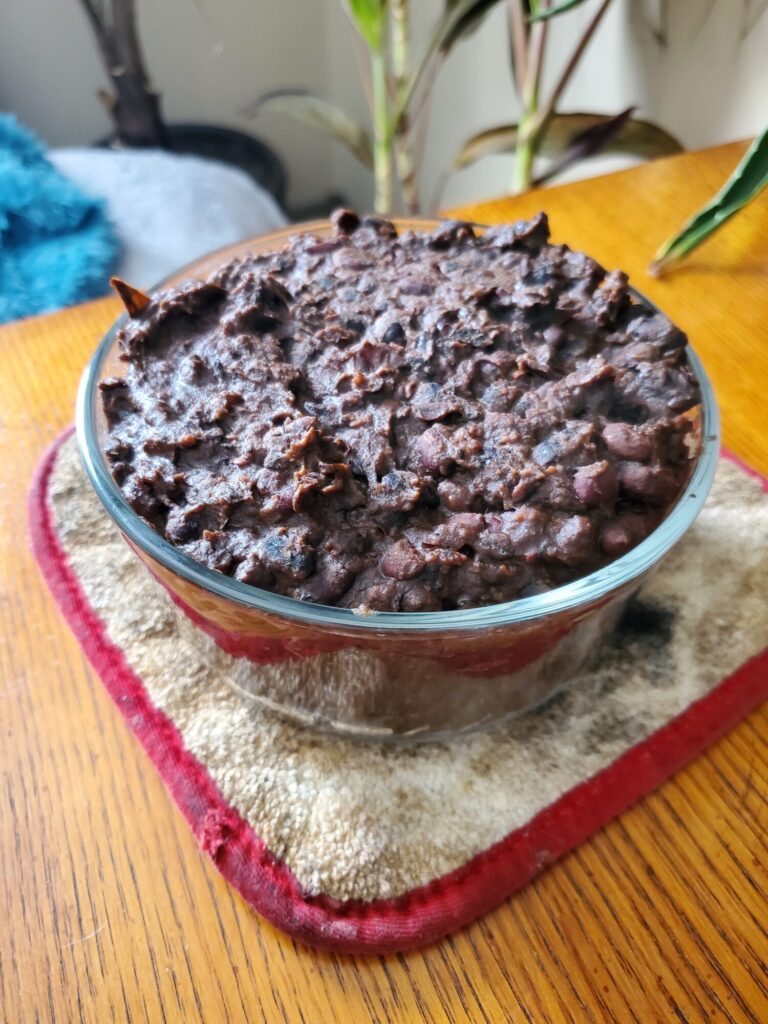
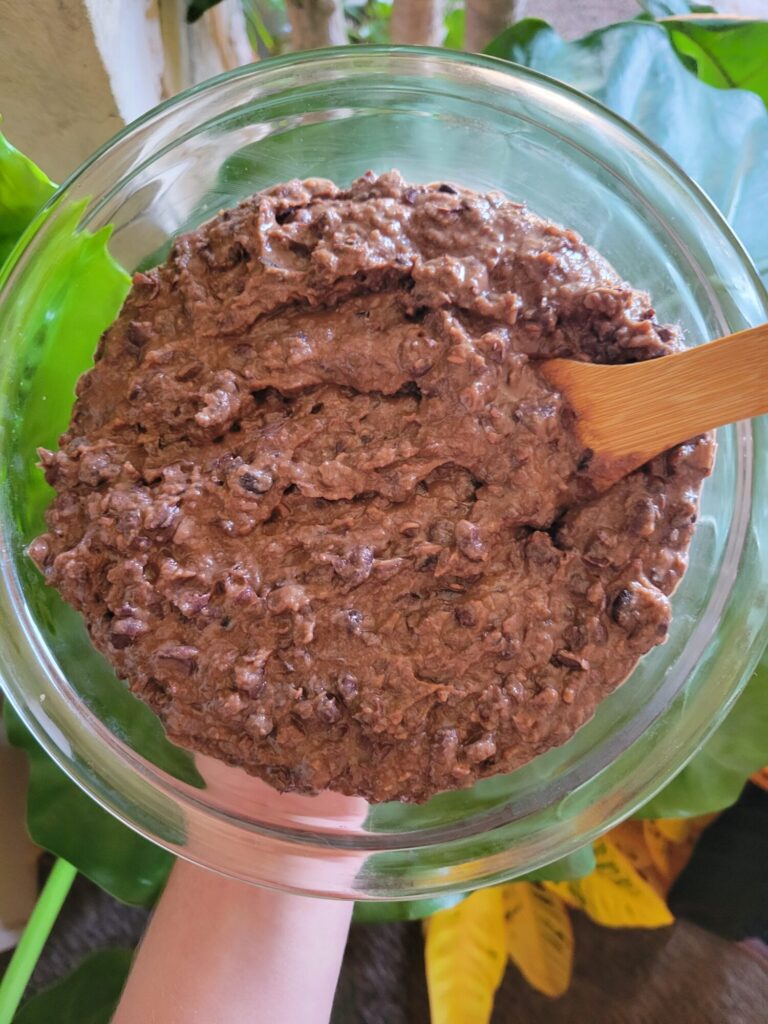
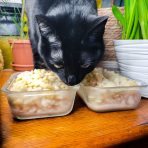
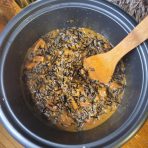
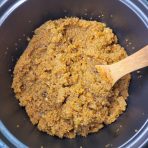
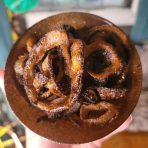
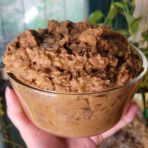
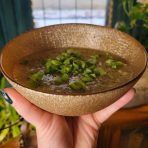
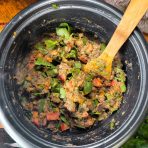
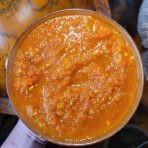
Leave a Reply